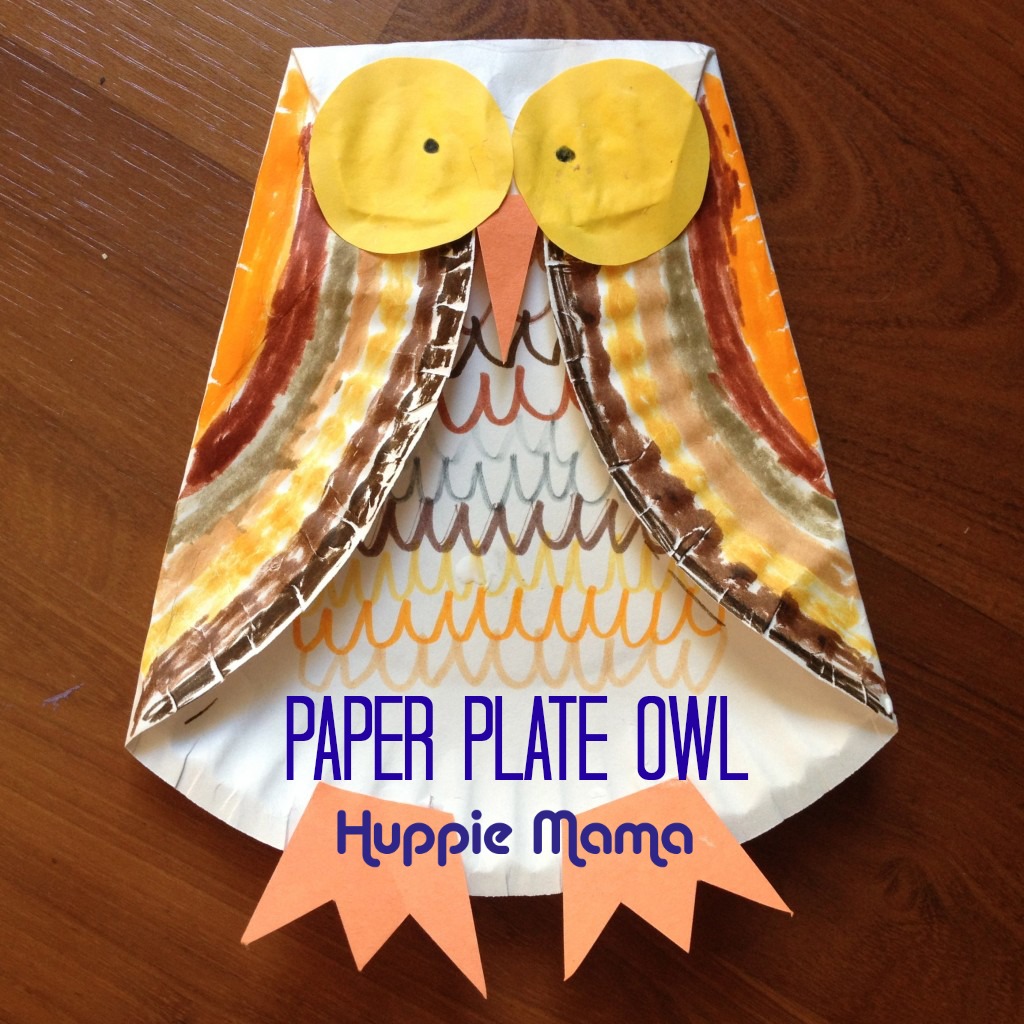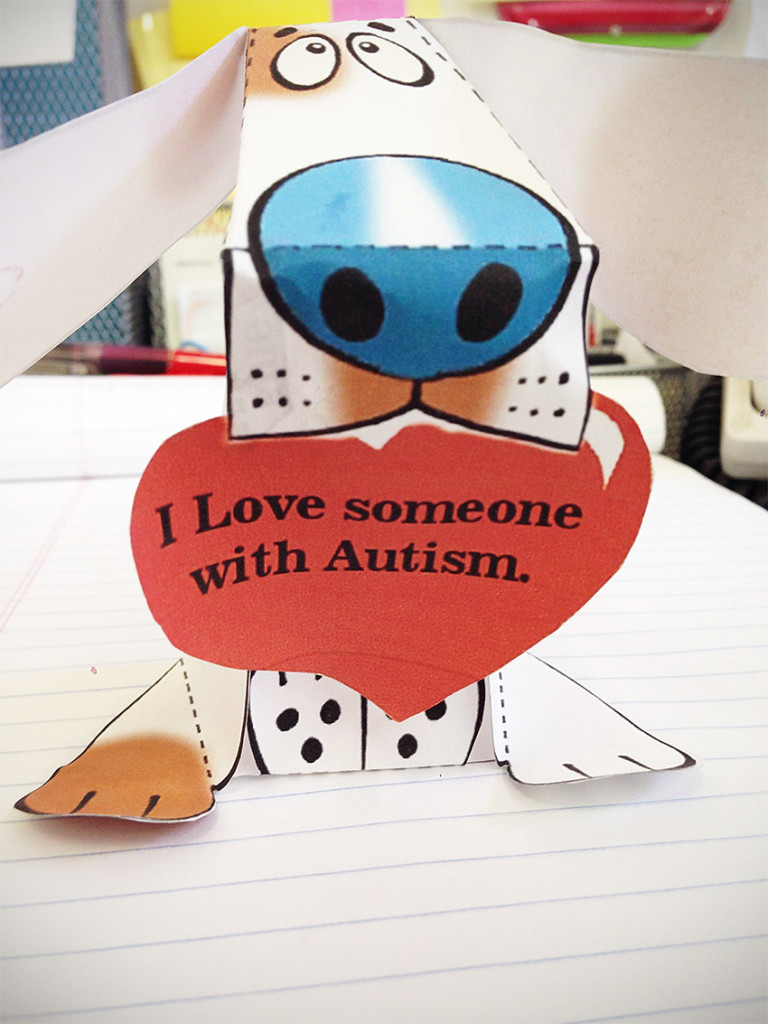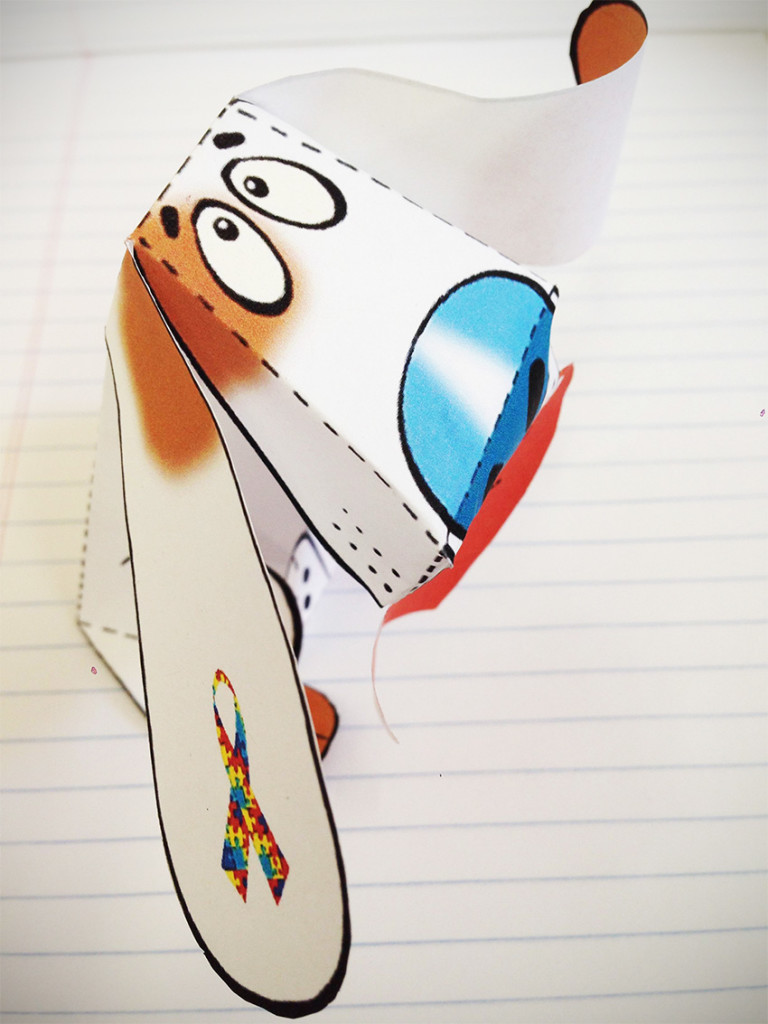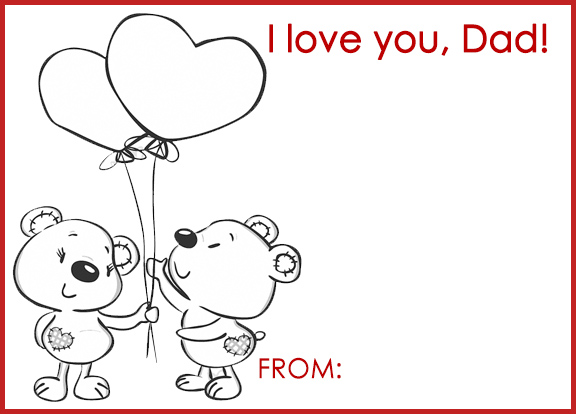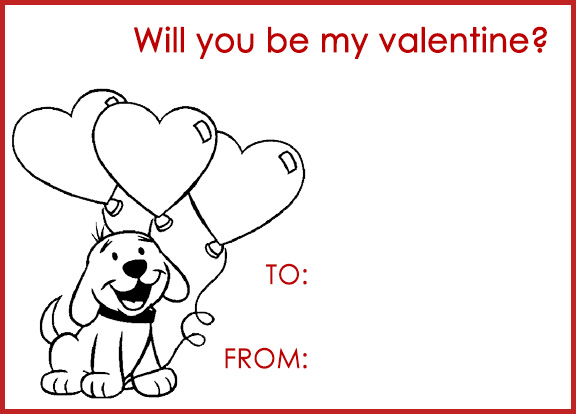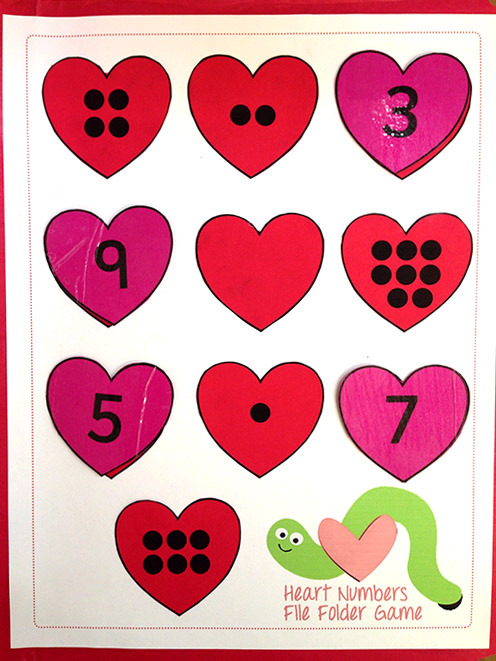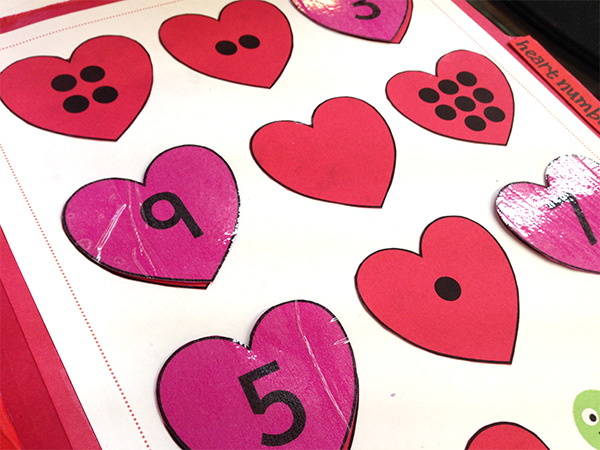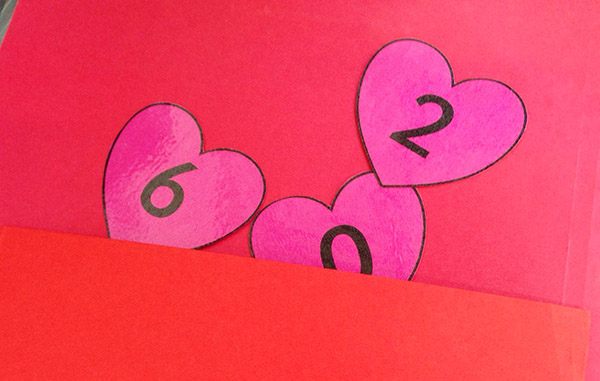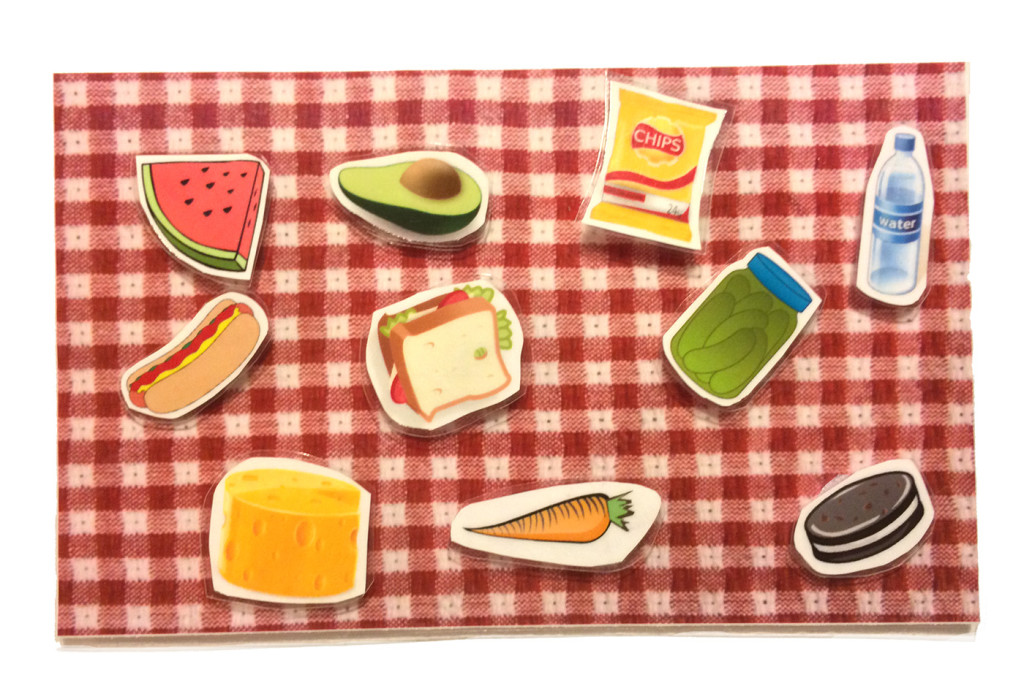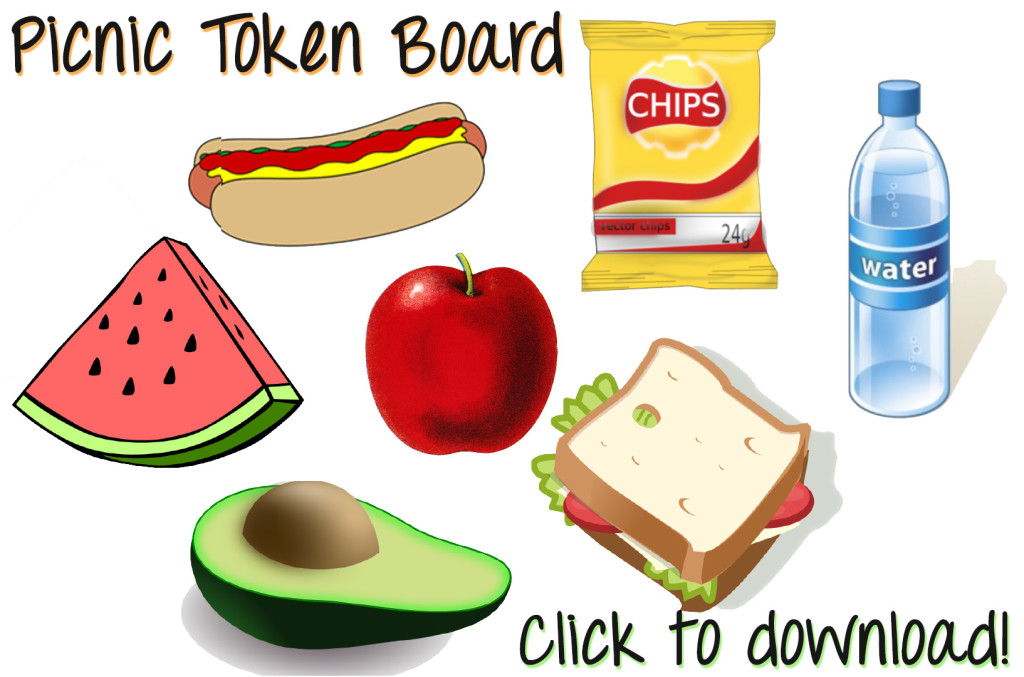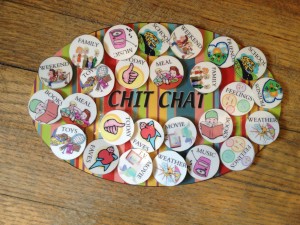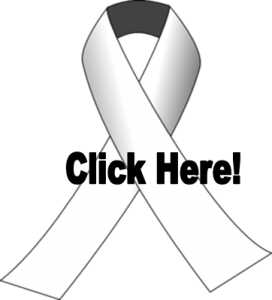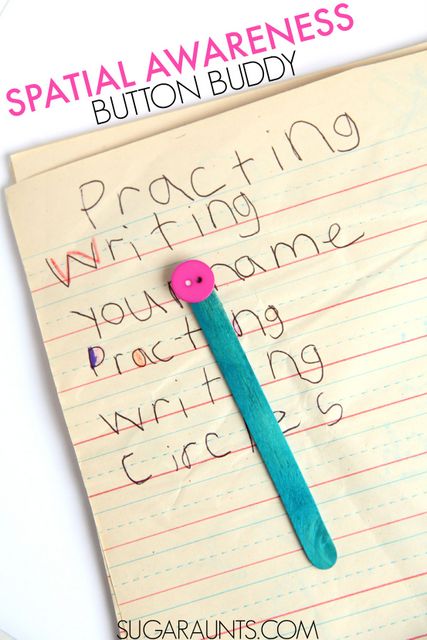 Looking for a simple tool to help improve your student’s handwriting skills? Check out this super easy, DIY solution from Sugar Aunts called the Spatial Awareness Button Buddy! This tool helps youngsters accurately space letters and words within a sentence using a small Popsicle stick and a button.
Looking for a simple tool to help improve your student’s handwriting skills? Check out this super easy, DIY solution from Sugar Aunts called the Spatial Awareness Button Buddy! This tool helps youngsters accurately space letters and words within a sentence using a small Popsicle stick and a button.
Simply glue a button to one end of a Popsicle stick and instruct the student to lay the Button Buddy on its side to indicate where they should place the next letter as shown in the photo below.
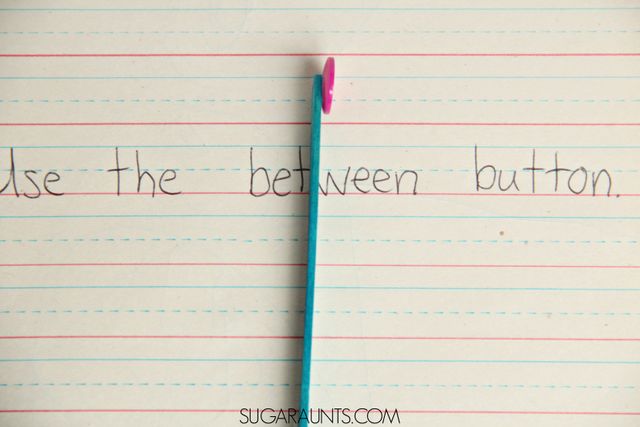
Once the child has completed a word, ask them to lay the Button Buddy flat on their paper, with the button right next to their last letter. Show them that the space between each word is as long as the width of a button and have them write their next word on the opposite side of their Button Buddy.
Continue on until your little writer has mastered their new spatial awareness skills and can write full sentences without their Button Buddy!
For more spatial awareness activities and ideas, read the full article from Sugar Aunts here. Otherwise, let us know what other crafts and activities you have come up with to help your students improve their handwriting in the comments section!

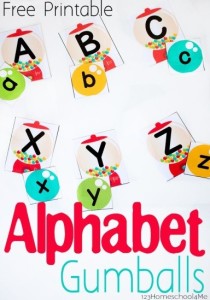 Start Autism Awareness Month on a sweet note with this gum ball alphabet matching activity! This free, easy-prep printable from
Start Autism Awareness Month on a sweet note with this gum ball alphabet matching activity! This free, easy-prep printable from 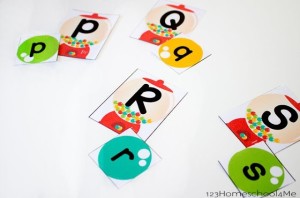 To make sure that your letters last, we recommend printing the activity on cardstock or laminating the letters for longer use.
To make sure that your letters last, we recommend printing the activity on cardstock or laminating the letters for longer use.